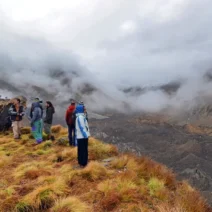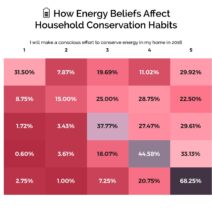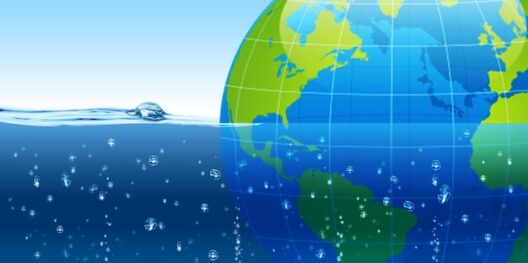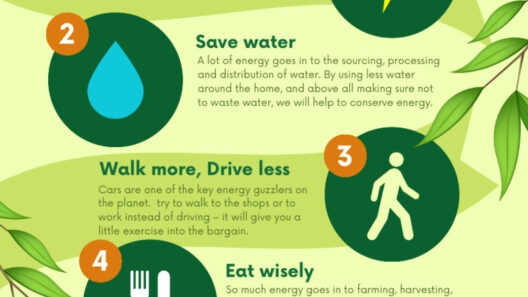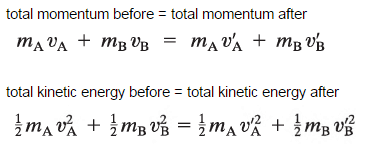The intricate tapestry of the natural world operates on principles that astound the human mind. Among these principles, the concept of energy conservation emerges as a fundamental truth, akin to a steadfast guardian ensuring that despite the ceaseless transformations occurring around us, the total energy within a closed system remains unyielding. In exploring what conserves energy, we embark on a journey through the remarkable processes that sustain this equilibrium, illustrating not only the complexities of nature but also the symphonic harmony that governs our universe.
Understanding energy conservation necessitates delving into diverse natural phenomena, where energy is neither created nor obliterated but perpetually reshaped and redistributed. The ongoing interplay between various energy forms emphasizes the resilience and adaptability inherent in the ecosystems we inhabit.
Nature’s Harmonious Cycle
At the heart of energy conservation lies the concept of closed systems, where energy circulates in a magnificent dance. Take, for instance, the water cycle – a quintessential example of nature’s ingenious ability to conserve energy. Water evaporates from oceans, lakes, and rivers, absorbing energy from the sun, only to later release that energy in the form of rain or snow as it condenses. This cycle exemplifies how energy is transformed between liquid, vapor, and solid states without disappearing from the equation.
Moreover, photosynthesis represents another remarkable feat of energy conservation. Green plants capture sunlight, harnessing solar energy to convert carbon dioxide and water into glucose and oxygen. This process encapsulates energy in chemical form, allowing it to be stored and utilized by plant-eating organisms, which in turn engage in their own energy transformations. Each level of the food chain exemplifies energy conservation, as energy is transferred rather than lost, with ecosystems functioning like intricate webs where energy flows seamlessly from one node to another.
Life Unfolding Through Energy Transfers
Living organisms are emblematic of energy conservation in action, embodying the transmutation of energy from one form to another. Animals, for instance, are not merely consumers of energy; they are also converters, adept at transforming the chemical energy found in their food into kinetic energy and thermal energy through metabolic processes. The interplay between catabolism and anabolism illustrates how energy is meticulously managed and repurposed within biological systems. Each heartbeat, each breath taken, is a testament to the energy exchanges occurring within our bodies.
Additionally, the concept of energy flow within ecosystems adds another layer to this intricate puzzle. The balance between producers, consumers, and decomposers forms a closed loop where energy is conserved rather than squandered. Decomposers play a vital role, breaking down organic matter and returning nutrients to the soil, ensuring that energy is recycled. Without these unsung heroes of the ecosystem, the energy once locked in living organisms would dissipate without further use, disrupting the balance of life.
Environmental Stewardship: The Human Role in Energy Conservation
As we step into the realm of human ingenuity, the challenge becomes clear: how can we emulate the energy conservation strategies demonstrated by nature? While we have harnessed technology to create energy-efficient devices, the underlying principle remains rooted in the natural processes observed among ecosystems. Innovations such as solar panels echo the ancient practice of photosynthesis, capturing the sun’s rays and converting them into usable energy. Such advancements not only minimize waste but also reflect a deeper understanding of our environmental responsibility.
This brings forth the concept of sustainability, an ethos that encompasses the global endeavor to conserve energy and resources for future generations. Sustainable practices, such as permaculture and regenerative agriculture, mirror the cyclical nature of energy flow in ecosystems, contributing to the conservation of energy and minimizing entropy. By nurturing the land rather than depleting it, humans can coexist harmoniously with nature, much like the interdependent organisms within an ecosystem.
The Infinite Value of Energy Conservation
Throughout history, the collective consciousness surrounding energy conservation has evolved. In an age characterized by rapid technological advancements and escalating resource consumption, becoming attentive stewards of energy is imperative. Emphasizing the conservation of energy encourages a paradigm shift towards embracing renewable energy sources, efficient energy use, and sustainable practices—initiatives that echo the age-old tenets of balance and harmony seen in nature.
Ultimately, the mathematical beauty of energy conservation reveals an intricate web of interdependence and flow. The natural processes that uphold energy equilibrium are a gentle reminder that each action has a reaction—a truth that resonates across ecological, social, and economic domains. As we contemplate what conserves energy, we unearth insights that extend far beyond the physical realm, inviting us to engage thoughtfully with the world around us. In doing so, we honor the principles of conservation, ensuring that the vibrant tapestry of life continues to thrive in all its forms.
